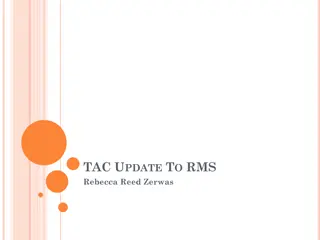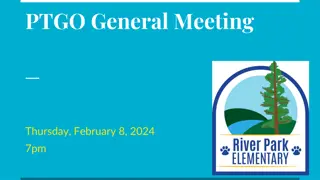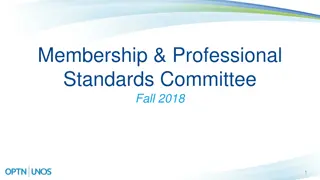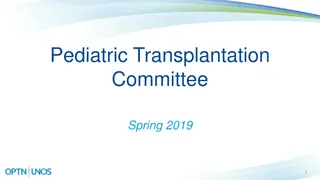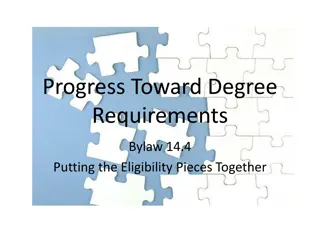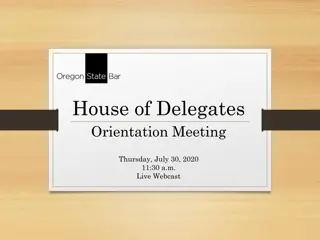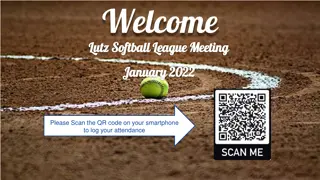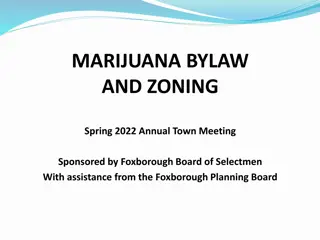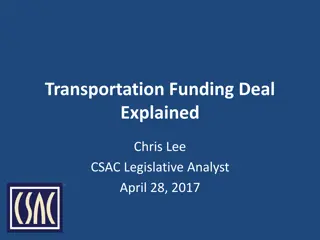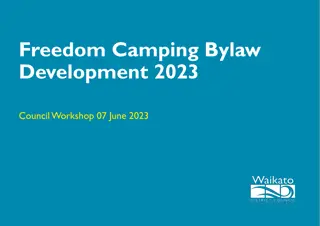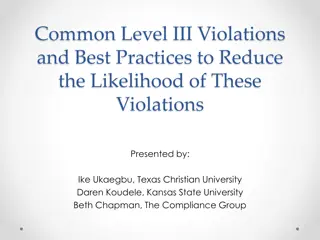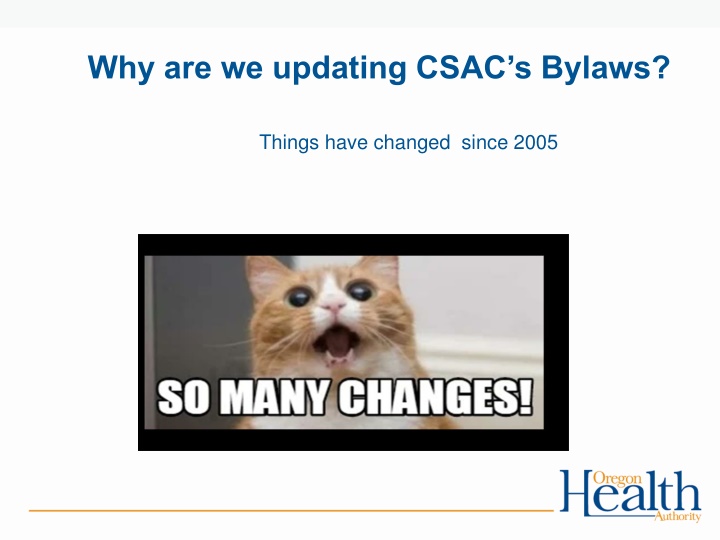
Evolution of CSACs Bylaws and Governance in Oregon
Learn about the significant changes and developments in the governance structure of the Children's System Advisory Council (CSAC) in Oregon since its inception in 2005, including the expansion of its mission, integration with the Statewide Children's Wraparound Initiative, and establishment of the Governor's System of Care Advisory Council in 2019.
Download Presentation

Please find below an Image/Link to download the presentation.
The content on the website is provided AS IS for your information and personal use only. It may not be sold, licensed, or shared on other websites without obtaining consent from the author. If you encounter any issues during the download, it is possible that the publisher has removed the file from their server.
You are allowed to download the files provided on this website for personal or commercial use, subject to the condition that they are used lawfully. All files are the property of their respective owners.
The content on the website is provided AS IS for your information and personal use only. It may not be sold, licensed, or shared on other websites without obtaining consent from the author.
E N D
Presentation Transcript
Why are we updating CSACs Bylaws? Things have changed since 2005
What has changed? Quick History lesson Jan. 2005: CSAC begins with a mission to review current state budgets; link with organizations providing services to children and their families; assure that policies and system of care adequately addressed cultural diversity issues; and to ensure the policies and the system of care remained faithful to the guiding Child and Adolescent Service Systems Programs (CASSP) principles, forerunner to current Wraparound values and principles. CSAC was charged with providing ongoing information to Oregon communities represented by CSAC members; bringing information back to the monthly meetings; and to the bimonthly Planning and Management Advisory Council (PAMAC) meetings, sending quarterly and annual written reports to PAMAC (now Addictions & Mental Health Planning and Advisory Council (AMHPAC) *Historical Review of the Development of Meaningful Youth and Family Involvement and System Advocacy in Oregon, Judith Rinkin*
What changed? part 2 2010: The Statewide Children s Wraparound Initiative Advisory Committee formed in compliance with the statute authorizing the statewide Wraparound demonstration sites leading to the statewide rollout in 2014. 2013: CSAC became a combined meeting for the Statewide Children s Wraparound Initiative Advisory Committee (SCWIAC) and the Children s System Advisory (SCWIAC/CSAC) using the familiar name of CSAC. 2016-2022: All counties in Oregon have Wraparound that currently serves youth on OHP. All Coordinated Care Organizations host System of Care governance structures across Oregon, so that youth, young adults, families, community partners and child serving systems have a dedicated place to address child and family programs and policies. *Historical Review of the Development of Meaningful Youth and Family Involvement and System Advocacy in Oregon, Judith Rinkin*
Governors System of Care Advisory Council 2019 :Senate Bill 1 established the Governor's System of Care Advisory Council. The Oregon Health Authority and the Oregon Department of Human Services staff the council. The council acts as a central, impartial forum for statewide policy development, funding strategy recommendations and planning. The council's goal is to improve the effectiveness and efficacy of child- serving state agencies and the continuum of care that provides services to youth (ages 0-25).
Governors System of Care Advisory Council The Council s vision of the Statewide System of Care is A future where young people from all backgrounds are healthy, safe, learning and thriving at home and in their communities. Outcomes All youth have connections to their community. Both youth and families know how to access care when they need it. Children in child welfare custody are served in home, wherever safety permits. All youth have a plan to continue with their education or have a vocational plan and related identified services and supports. All youth have access to diverse providers who look like them. The juvenile justice system is not used as a gateway to behavioral health services. All youth graduate from high school. All youth have necessary independent living skills. All children and youth have a home and a place to live on their 21st birthday. Young people involved in multiple systems do not, after the age of 21, enter the adult correctional system.
No place like the present: 2022 CSAC is no longer in statute after SB 1 passed Oregon has Wraparound and System of Care throughout the state OHA has an Office of Recovery and Resilience that centers the experiences of behavioral health consumers in service delivery, program evaluation, and policy development OHA has several consumer advisory councils, but only CSAC focuses on Child and Family behavioral health. CSAC s mission: To provide feedback and input to OHA on matters relating to child and family behavioral health. The council will be a collaborative group of youth, young adults, parents, caregivers, and behavioral health providers and systems representatives.
Now lets review the bylaws! We will break into 3 groups- youth/family member/agency-system representative Each group will have a feedback form to fill out please prioritize articles 1, 2,3 and 7 for our time today We will have 30 minutes to meet and identify what works and what doesn t work about these 4 sections. Executive committee members and OHA will review all feedback and determine next steps. Eventually we will have updated bylaws that the council will vote to approve.
Questions to keep in mind Do the bylaws reflect CSAC s role of being an advisory to OHA? Do the bylaws reflect a council that promotes meaningful involvement with family members, caregivers, children, youth and young adult to build partnerships for effective person-directed child-serving services and supports respect and honor the perspectives of family members and youth and young adults? Are the goals of CSAC clearly stated? Do the bylaws reflect CSAC as a welcoming, equitable and inclusive space for people of all genders, sexualities, races, cultures, religions and spiritualities?




